Apple Released These Oddly Unique Products in the 1990s
Apple's Quirky 90s: Five Forgotten Products
The 1990s were a wild time for Apple. They experimented with a vast array of products, from printers and digital cameras to a game console and early PDAs. Many of these ventures were unique, some were ahead of their time, and many ultimately failed. When Steve Jobs returned to Apple in 1997, a significant cleanup followed, streamlining the company's focus and helping to avoid financial ruin. This article explores five particularly interesting and somewhat obscure examples of Apple's 90s experimentation.
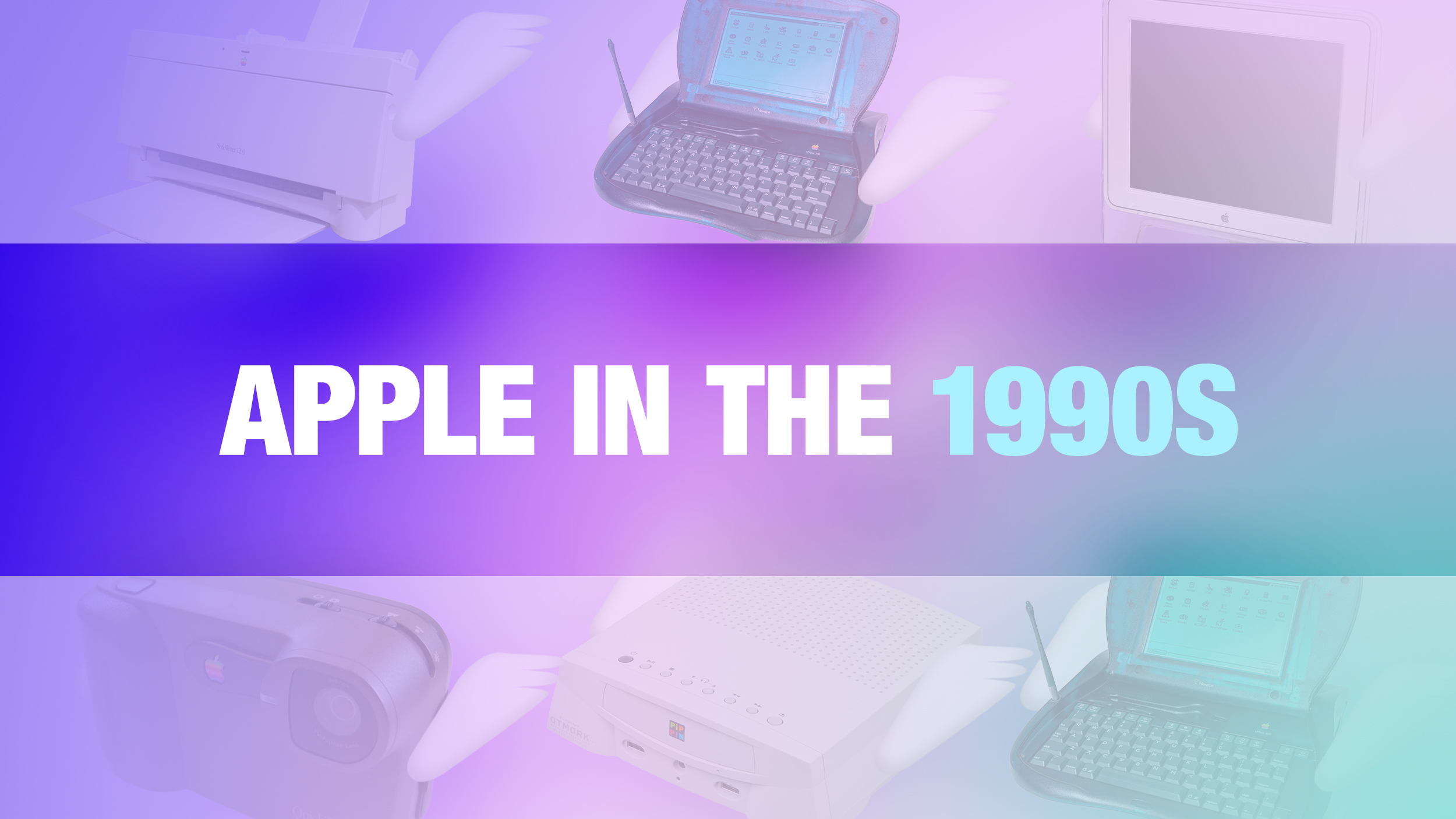
The Newton eMate 300: A Classroom Companion
Before the iPad, there was the Newton MessagePad, Apple's early attempt at a personal digital assistant (PDA). Released in 1993, it featured a black-and-white touchscreen and stylus, offering basic calendar, contact, note-taking, to-do list, and email capabilities. It was rudimentary by today's standards, but groundbreaking for its time.
The eMate 300, released in 1996, was a unique twist on the Newton concept. Designed as an entry-level computer for classrooms, it was the only Newton device with a built-in keyboard. Its rugged, colorful plastic casing made it suitable for the often-challenging environment of a school. It somewhat resembled the iBook, which would arrive later, but ran on the Newton operating system rather than Mac OS.
Despite its innovative design, the eMate 300 had modest specifications: a 6.8-inch black-and-white touchscreen (480×320 pixels), a 25 MHz ARM processor, and a mere 3 MB of RAM. Priced around $800, it faced stiff competition and was eventually discontinued along with the entire Newton line when Steve Jobs returned in 1997.
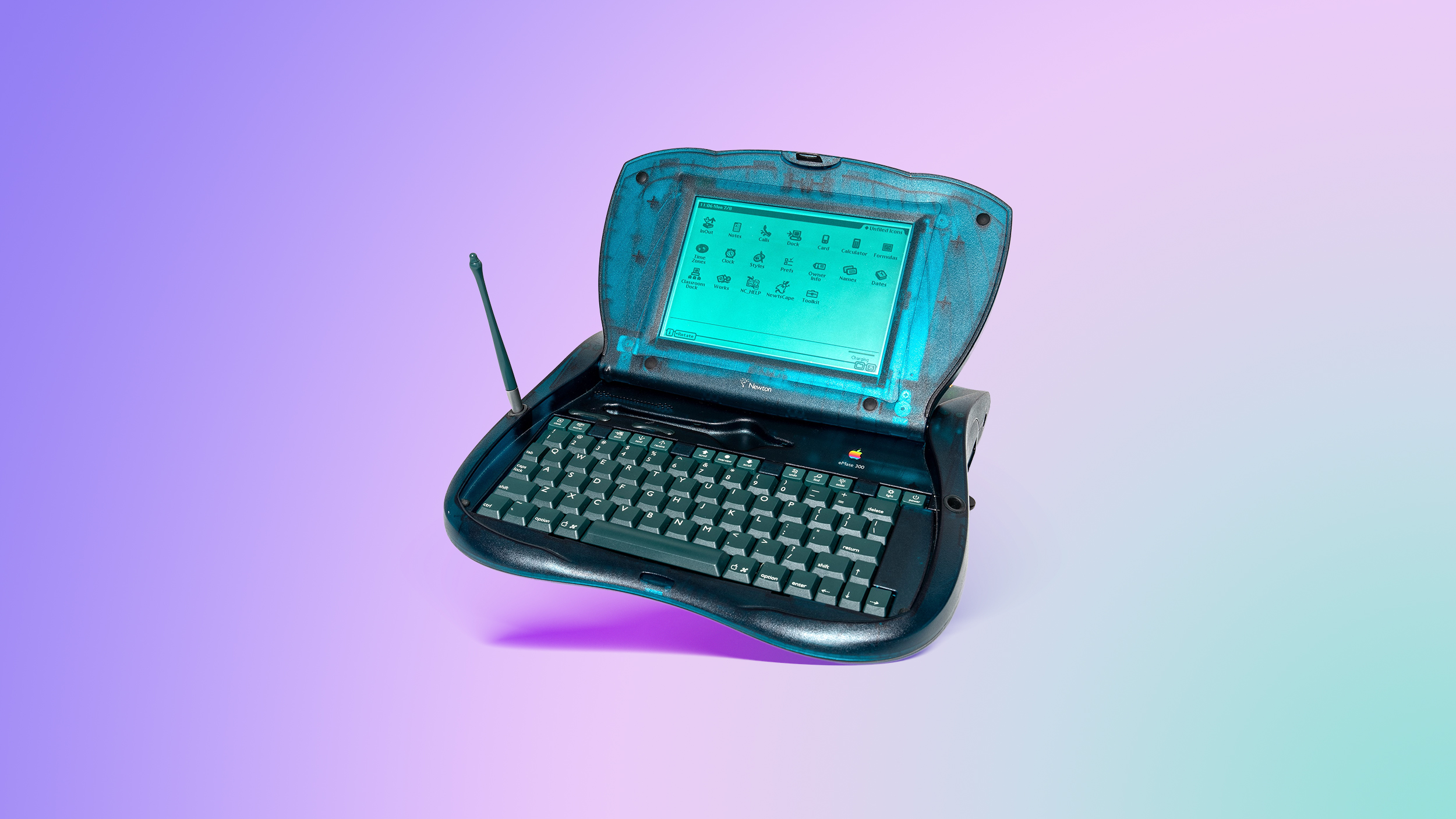
QuickTake: Apple's Early Digital Camera
In 1994, Apple joined the nascent digital camera market with the QuickTake 100, a collaboration with Kodak. This early consumer-focused digital camera had only 1MB of built-in storage, enough for a paltry eight photos at 640×480 pixels. It included a flash but lacked manual focus or zoom. Its small LCD screen displayed basic information like battery level but didn't offer a live viewfinder preview.
Subsequent models, the QuickTake 150 and QuickTake 200 (a Fujifilm partnership), offered improvements. The QuickTake 200 supported higher-resolution images (up to 1024×768 pixels), a 1.8-inch LCD screen with a viewfinder preview, and a removable 2MB storage card.
While the ability to transfer digital photos to a Mac or PC was a novelty at the time (when photo printing was mainly done through stores), the QuickTake faced intense competition from established camera makers like Canon, Nikon, and Sony. Its limited features and high price hampered its success, leading to its eventual demise.
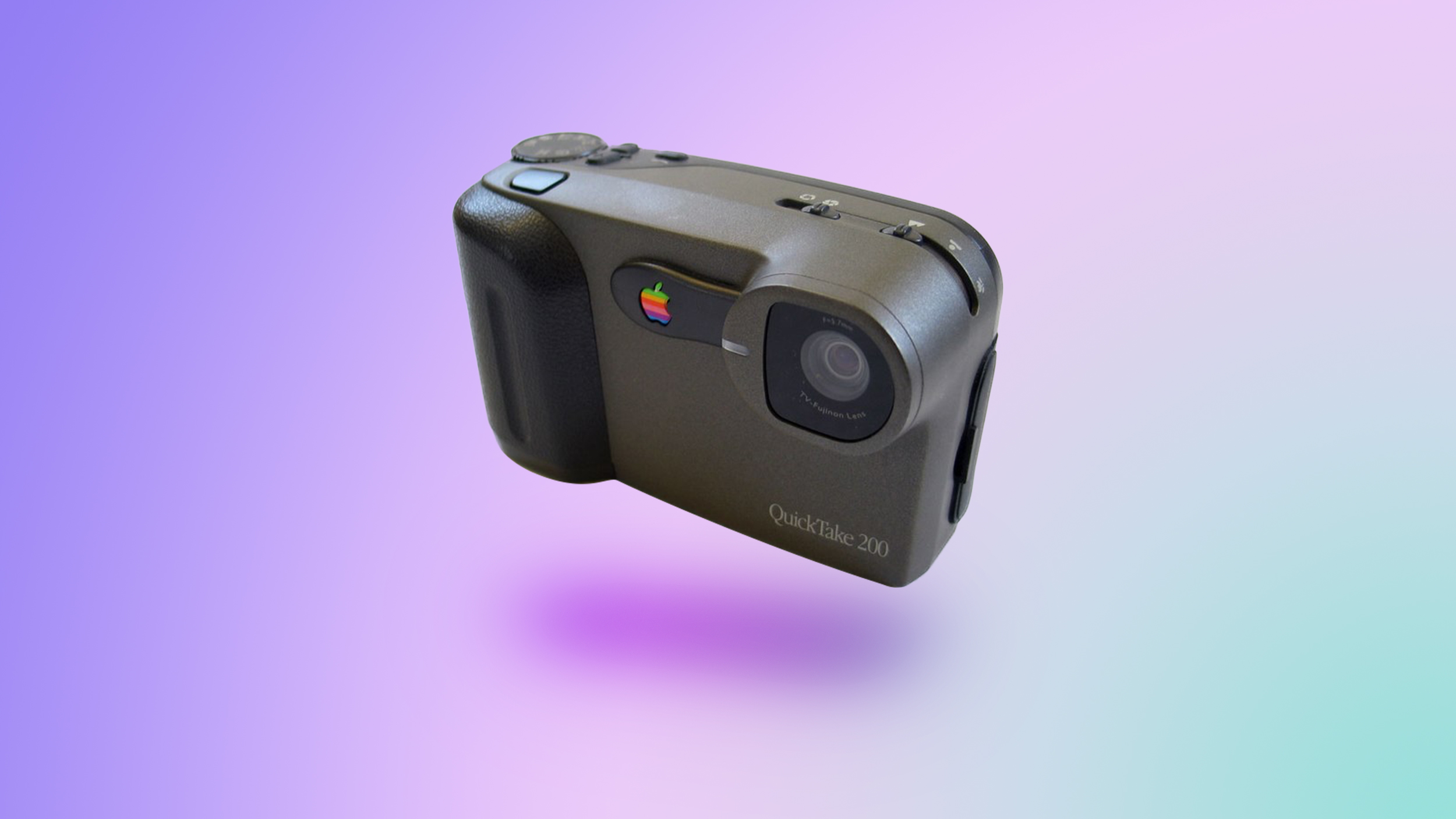
Pippin: Apple's (Failed) Game Console
Few people know that Apple once ventured into the video game console market. In 1996, Apple partnered with Bandai to produce the Pippin (or PiPP!N). Priced at $599, this PowerPC-based console aimed to bridge the gap between computer and game console, running on Macintosh System 7.5.2. Games were loaded from its built-in CD-ROM drive, but the game selection was severely limited.
Ultimately, the Pippin was a commercial failure. The significantly cheaper Sony PlayStation ($299) and Nintendo 64 ($199) offered larger game libraries and better performance, quickly overshadowing Apple's ambitious but flawed entry into the gaming world. It met the same fate as many of Apple's other 90s experiments, becoming another casualty of Steve Jobs' return and subsequent product rationalization.
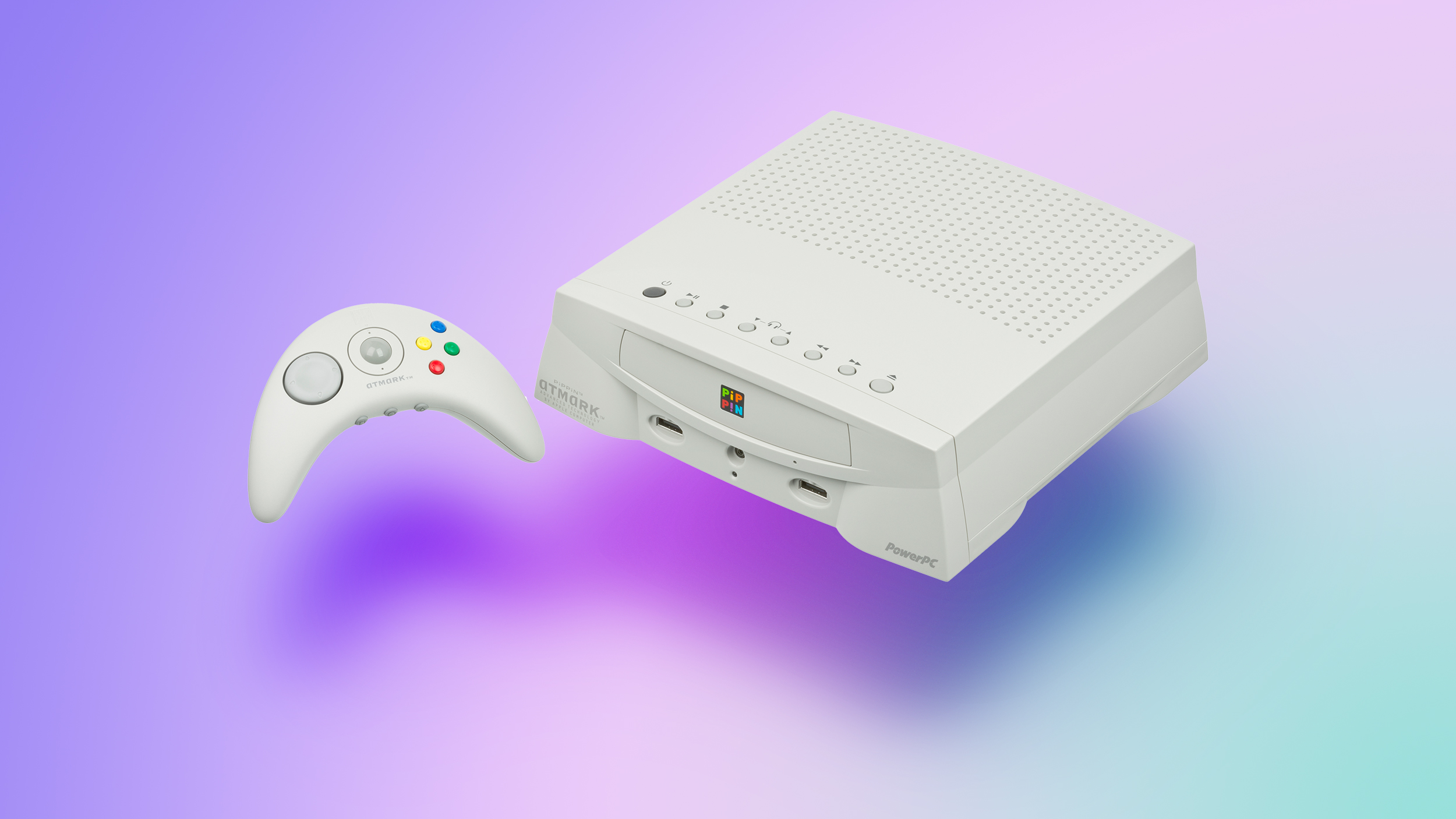
Studio Display: A Legacy Name
The Studio Display, a name recently revived for Apple's high-end monitor, originally appeared in 1998. The original model sported a sleek design, featuring a 15-inch flat-panel LCD screen with a 4:3 aspect ratio and a resolution of 1024×768 pixels—a far cry from its modern counterpart's 5120×2880 pixels. It came with a hefty price tag of $1,999.
Interestingly, this product launched shortly after Jobs' return to Apple, indicating that not all of his early clean-up efforts involved complete elimination of existing lines. The Studio Display remained available until 2004, when it was eventually replaced by the widescreen Cinema Display. This was followed by the Thunderbolt Display (2011-2016), the Pro Display XDR (2019), and finally the current iteration in 2022. It’s worth noting that Apple also released a bulkier CRT version of the Studio Display in 1999.
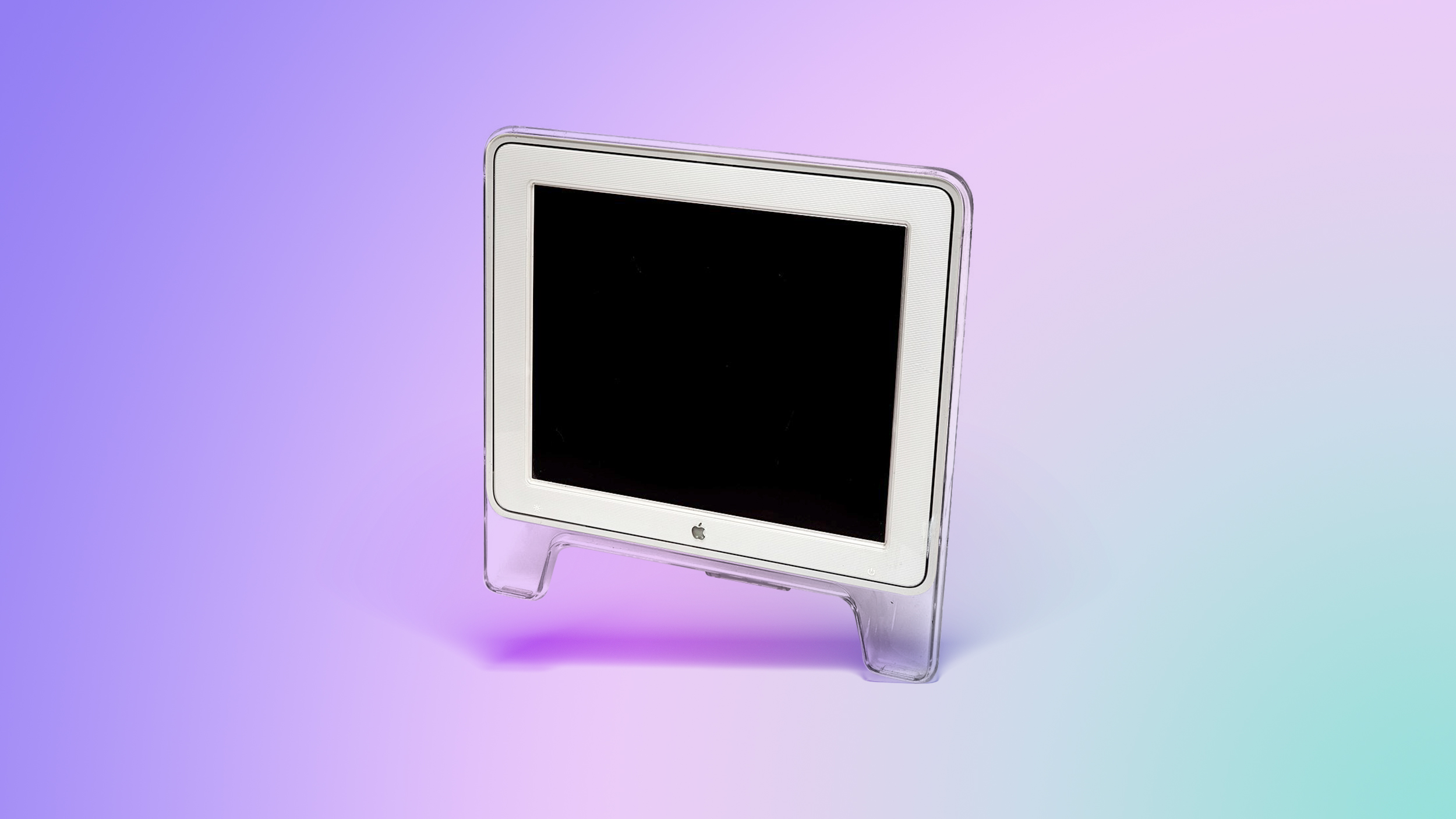 Studio Display from the early 2000s
Studio Display from the early 2000s
StyleWriter: Apple's Inkjet Ambitions
Apple's foray into printers was also short-lived. Before Steve Jobs' return, the company offered various printer models, including the dot-matrix ImageWriter (1982), the LaserWriter (1985), and the StyleWriter (1991). The StyleWriter marked Apple's first inkjet printer using liquid ink, a departure from the dot-matrix and laser technologies of its predecessors.
In the 2000s and early 2010s, Apple offered rebates on third-party printers from HP, Canon, Epson, and Lexmark with Mac purchases, effectively outsourcing the printer market. It's been almost 30 years since an Apple-branded printer graced the market, showcasing a shift in Apple's strategic focus.
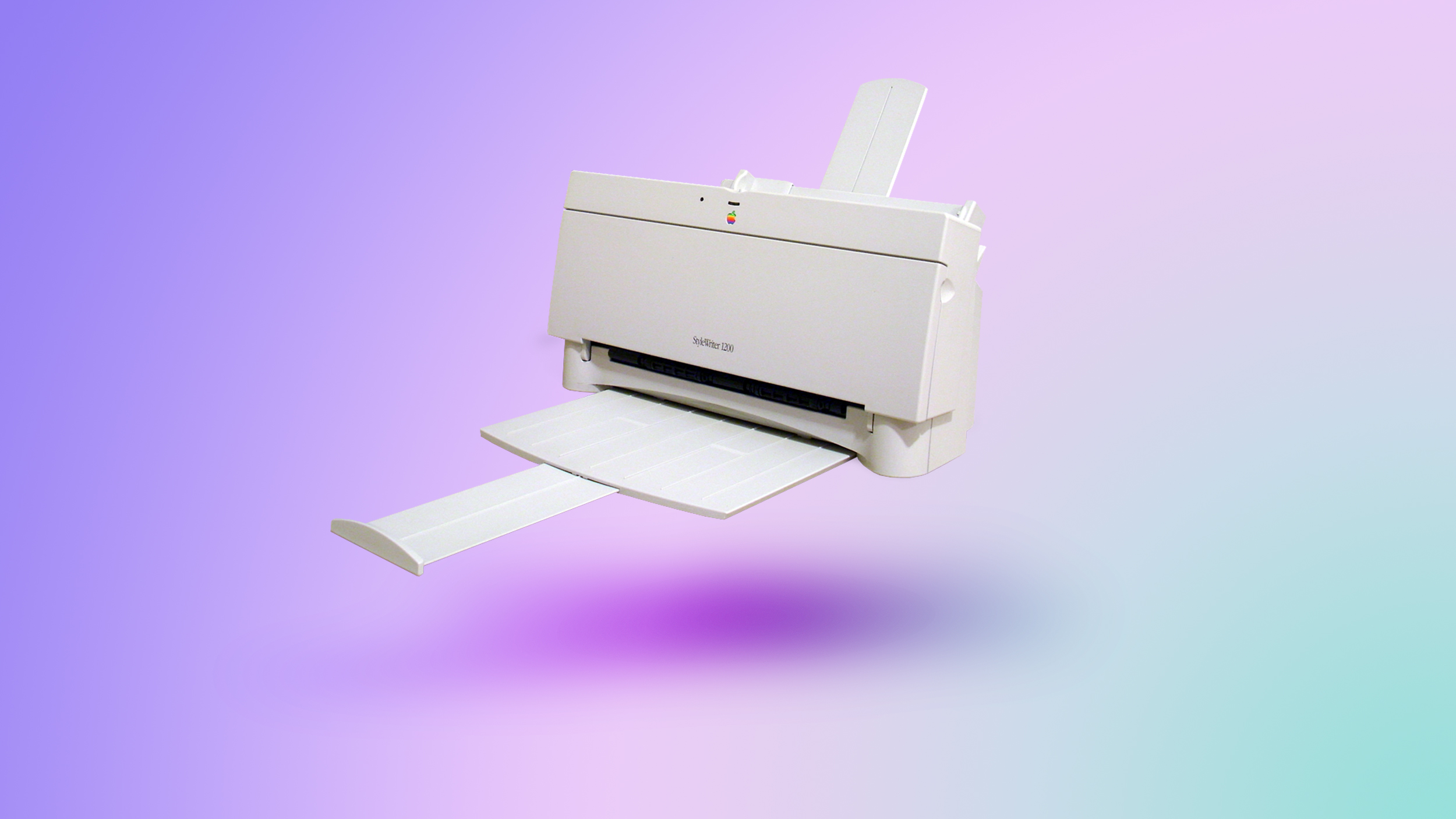
This journey through Apple's 1990s product line reveals a period of experimentation and bold, albeit sometimes unsuccessful, ventures. These five products stand as testaments to a time of innovation, even if some designs were quickly phased out to make way for a more focused Apple under Steve Jobs' leadership.
This article, "Apple Released These Oddly Unique Products in the 1990s" first appeared on MacRumors.com
Discuss this article in our forums
from MacRumors
-via DynaSage

